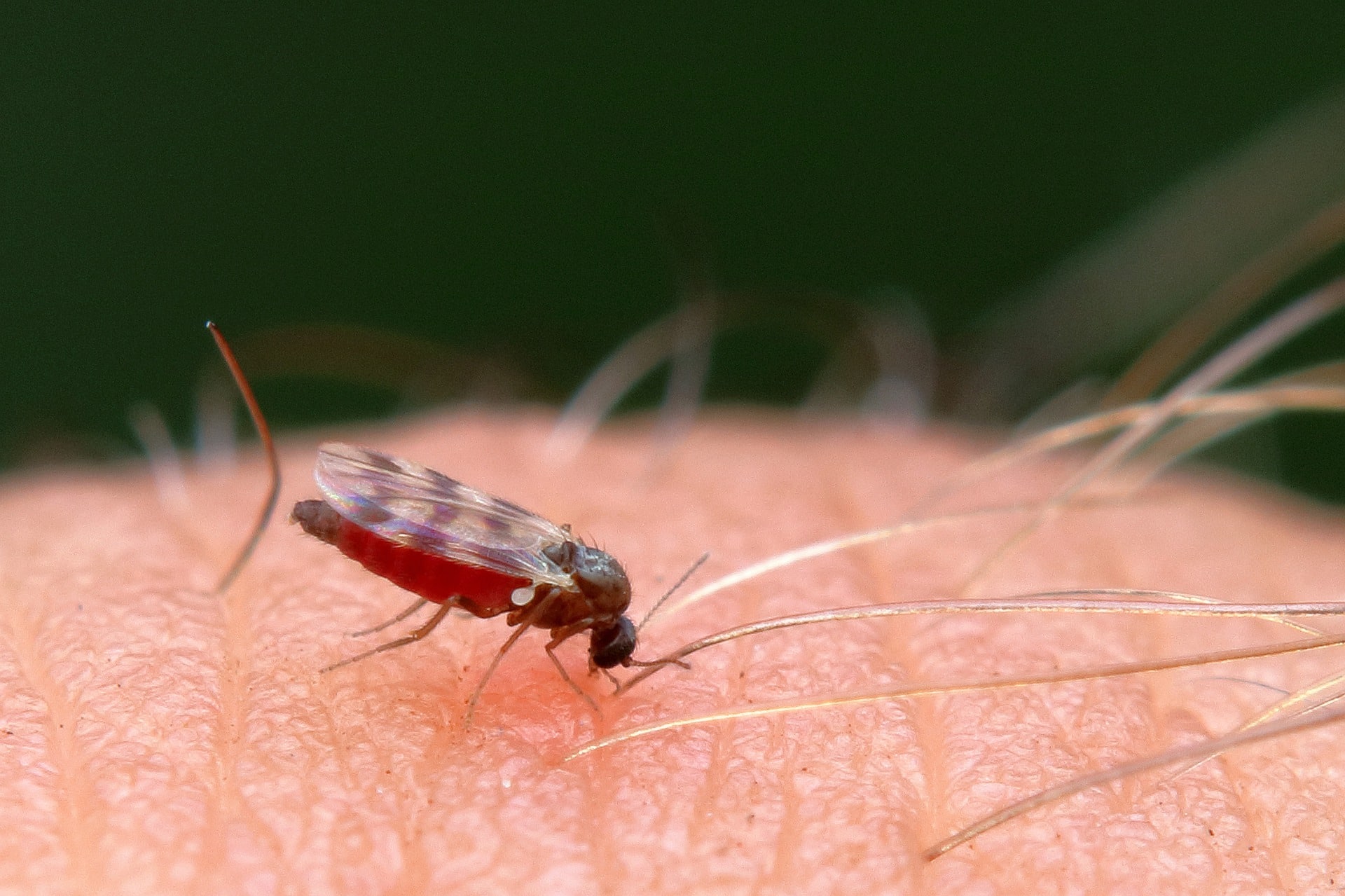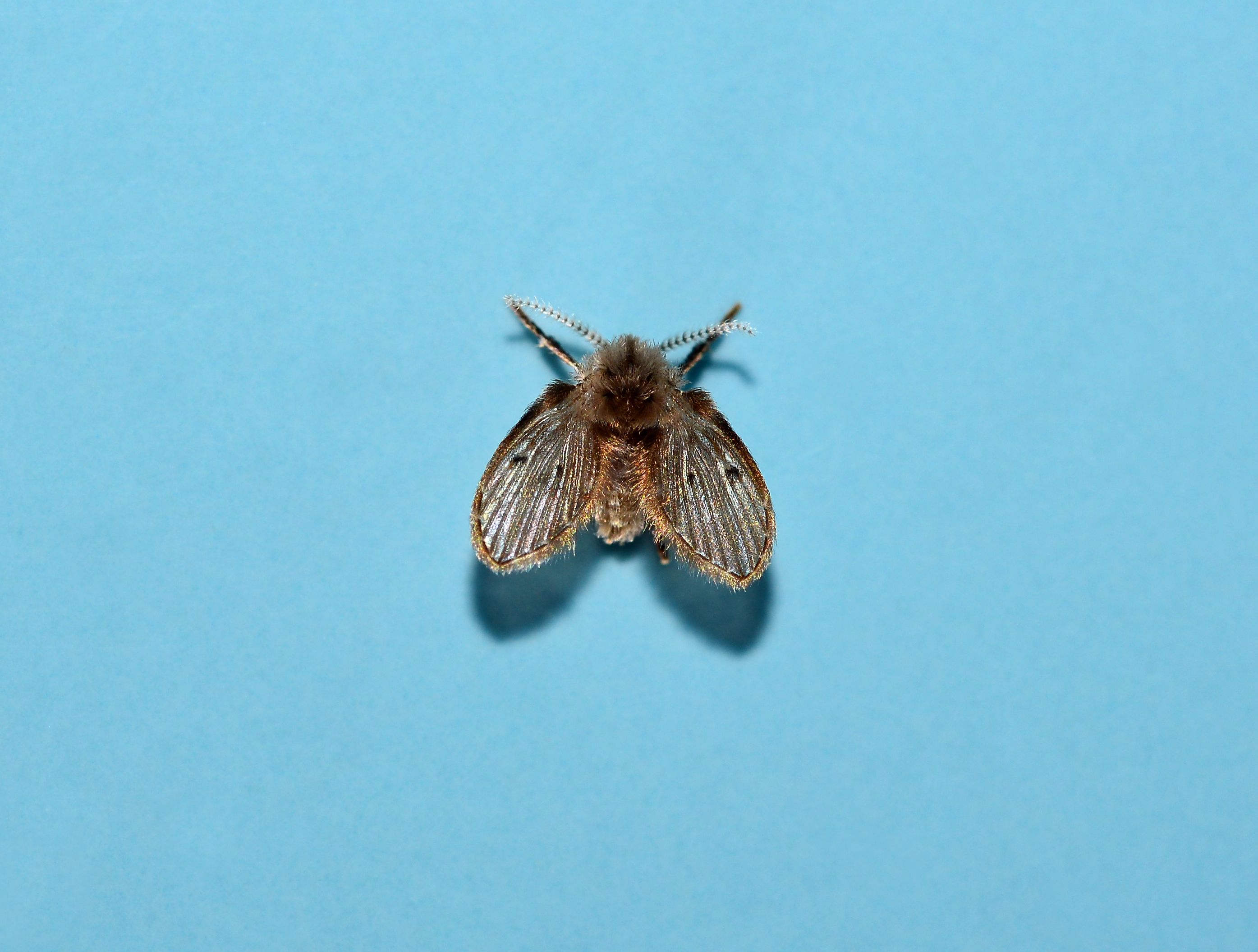Understanding Gnat Behavior

Gnats are tiny, flying insects that can be a nuisance, especially when they invade homes. Understanding their behavior and life cycle is crucial for effective control.
Gnat Life Cycle and Reproduction
Gnats undergo a complete metamorphosis, meaning they transform from egg to larva to pupa to adult. The life cycle typically lasts a few weeks, depending on the species and environmental conditions.
- Eggs: Gnats lay their eggs in moist environments, such as decaying organic matter, stagnant water, or even damp soil. The eggs are typically small and white, and they hatch into larvae within a few days.
- Larvae: Gnat larvae are worm-like and feed on organic matter. They can be found in various habitats, including sewage systems, drainpipes, and even damp areas within homes.
- Pupae: After the larval stage, gnats enter a pupal stage. They form a hard, brown, oval-shaped pupa, resembling a small seed. During this stage, they undergo metamorphosis and transform into adults.
- Adults: Adult gnats are winged and can fly. They are attracted to light and often congregate around windows, doors, and other light sources. Adult gnats feed on nectar and other sugary substances, but some species may bite humans and animals.
Factors Attracting Gnats to Bedrooms
Several factors can attract gnats to bedrooms, including:
- Food sources: Gnats are attracted to sugary substances, such as spilled drinks, fruit, and even leftover food. They can also be attracted to the scent of human sweat and breath.
- Moisture: Gnats thrive in moist environments, so any leaks or standing water in the bedroom can attract them. This includes leaky pipes, condensation on windows, and even damp laundry.
- Light: Gnats are attracted to light, especially artificial light. Leaving lights on in the bedroom at night can attract them inside.
Common Types of Gnats
Several types of gnats commonly infest homes, each with unique physical characteristics and habits.
- Fruit flies: These small, yellowish-brown flies are often found around fruit and other sugary substances. They have distinctive red eyes and are known for their rapid, erratic flight.
- Drain flies: Also known as “moth flies,” these gnats are small and gray with hairy wings. They are commonly found in bathrooms and kitchens, where they breed in drains and sewage systems.
- Fungus gnats: These small, dark gnats are often found in houseplants, where they feed on fungi and decaying matter. They are usually black or brown and have long legs.
Preventing Gnat Infestations

Gnats are attracted to moisture and decaying organic matter, making your bedroom a potential breeding ground. Understanding their preferences and implementing preventive measures can effectively reduce the risk of an infestation.
Eliminating Breeding Grounds
Identifying and eliminating potential breeding grounds is crucial in preventing gnat infestations. Gnats are drawn to stagnant water, making it essential to eliminate sources of moisture in your bedroom. This includes:
- Emptying any standing water in vases, plant saucers, or humidifiers regularly. Change the water frequently to prevent bacteria growth.
- Ensuring proper drainage in sinks and bathtubs to avoid water accumulation. Check for leaks and repair them promptly.
- Cleaning spills immediately, especially sugary liquids that attract gnats.
Gnats can also breed in decaying organic matter, such as spilled food, unwashed dishes, or overflowing trash cans. Regularly cleaning and disinfecting these areas is essential to prevent their proliferation.
Effectiveness of Insect Repellents and Traps
Several insect repellents and traps can effectively deter gnats.
- Insect Repellents: Products containing DEET, picaridin, or oil of lemon eucalyptus are effective in repelling gnats. Apply these repellents according to the manufacturer’s instructions, focusing on areas where gnats are prevalent.
- Traps: Yellow sticky traps are highly effective in capturing gnats, as they are attracted to the color yellow. Place these traps near windows or areas where gnats are frequently seen.
- Homemade Traps: A simple DIY trap can be made by mixing apple cider vinegar with a few drops of dish soap in a shallow dish. The vinegar attracts gnats, and the soap prevents them from escaping.
While repellents and traps can effectively control gnat populations, it is essential to address the root cause of the infestation by eliminating breeding grounds.
Cleaning and Disinfecting
Thorough cleaning and disinfection are essential to eliminate gnats and prevent future infestations.
- Vacuuming: Regularly vacuuming your bedroom, particularly under furniture and in corners, removes gnat eggs and larvae.
- Mopping: Mop your floors with a disinfectant solution to kill any remaining gnats or eggs. Focus on areas where gnats are frequently seen, such as near windows or sinks.
- Disinfecting Surfaces: Wipe down all surfaces, including countertops, windowsills, and furniture, with a disinfectant solution to kill any remaining gnats or eggs.
- Laundry: Wash all bedding, curtains, and other fabric items in hot water to kill any gnat eggs or larvae.
Regularly cleaning and disinfecting your bedroom can significantly reduce the risk of gnat infestations.
Getting Rid of Existing Gnats: Gnats On My Bedroom Ceiling

Once you’ve identified a gnat infestation, the next step is to eliminate the existing population. There are various methods, both natural and chemical, that can be employed to effectively address this issue.
Natural Remedies for Gnat Control
Natural remedies can be an effective and safe way to deter gnats, especially when dealing with minor infestations. Certain scents and substances are known to repel gnats, making them a good option for those seeking eco-friendly solutions.
- Essential Oils: Essential oils like peppermint, lemongrass, tea tree, and lavender are known to have repellant properties against gnats. You can diffuse these oils in your home, or create a spray solution by adding a few drops to water.
- Herbs: Plants like basil, rosemary, and lavender are natural gnat deterrents. Planting these herbs near windows or in your garden can help keep gnats at bay.
- Vinegar Traps: Apple cider vinegar attracts gnats. Place a shallow dish with apple cider vinegar and a few drops of dish soap near areas where gnats are prevalent. The soap reduces surface tension, trapping the gnats.
Insecticides for Gnat Control, Gnats on my bedroom ceiling
While natural remedies can be effective, severe infestations may require the use of insecticides. There are several types of insecticides specifically designed for gnat control.
- Pyrethroids: These are synthetic insecticides derived from chrysanthemum flowers. They are effective against a wide range of insects, including gnats.
- Neonicotinoids: These insecticides are highly effective against gnats, but their use has been linked to environmental concerns.
- Spinosad: A natural insecticide derived from a bacterium, spinosad is relatively safe for humans and pets. It is effective against a variety of insects, including gnats.
Steps for Dealing with a Severe Gnat Infestation
When dealing with a severe gnat infestation, a comprehensive approach is necessary. Here’s a checklist of steps to take:
- Identify the Source: Determine the source of the infestation. This could be decaying organic matter, stagnant water, or even houseplants.
- Eliminate the Source: Once you’ve identified the source, eliminate it. This may involve removing decaying organic matter, cleaning up spills, or emptying standing water.
- Apply Insecticides: Use a gnat-specific insecticide to kill existing gnats. Follow the instructions on the product label carefully.
- Set Traps: Use gnat traps to capture and kill any remaining gnats.
- Prevent Future Infestations: Once the infestation is under control, take steps to prevent future infestations. This may involve keeping your home clean, eliminating sources of standing water, and using gnat-repelling plants.
